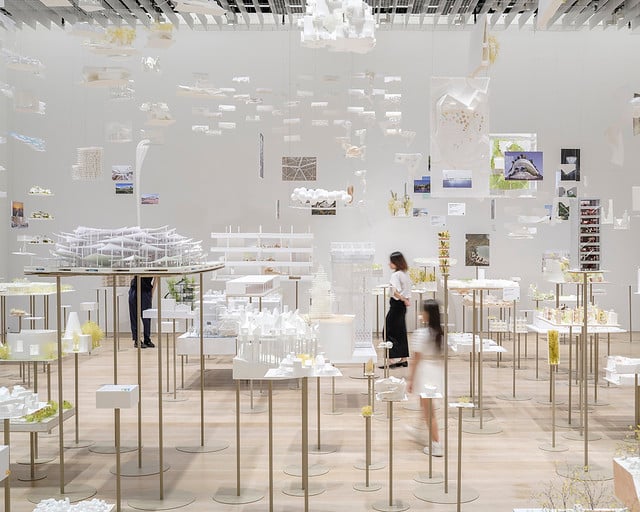Tokyo’s Mori Art Museum has unveiled The Architecture of Sou Fujimoto: Primordial Future Forest, the first large-scale exhibition devoted to the visionary mind behind the Expo 2025 Grand Ring. Open until November 9th, 2025, the exhibition dives deep into three decades of Sou Fujimoto’s architecture, tracing how his organic design language blurs the boundaries between nature, urban life, and the built environment.
With a title that evokes both memory and futurism, Primordial Future Forest positions architecture not just as structure, but as ecosystem — a concept rooted in Fujimoto’s childhood among the woodlands of Hokkaido and developed into his signature style of lightness, layering, and openness.
Sou Fujimoto’s futurospective architecture: a forest of thought
The show spans eight thematic zones, each offering a distinct chapter in what could be called Sou Fujimoto futurospective architecture — a look backwards and forward at once. Instead of traditional chronological sequencing, the curation reimagines the exhibition space itself as an experiential forest.
At its core is Forest of Thoughts, a 300-square-meter installation composed of more than 100 projects displayed like botanical specimens. Tiered tables mimic the uneven canopy of a forest floor, while suspended models hover above, inviting visitors to explore Fujimoto’s architectural philosophy like a walk through the woods. Central themes—such as “open boundaries,” “multiplicity,” and “amorphous form”—emerge not as concepts to study, but as sensations to feel.
Expo 2025 Grand Ring
Anchoring the exhibition is a 1:5 scale model of the Expo 2025 Grand Ring, Fujimoto’s ambitious site design for Osaka’s world fair. Recognized by Guinness World Records as the world’s largest wooden structure, the ring stretches out like a vast embrace — open, circular, and inclusive.
Surrounding this monumental model are joinery samples, hand-drawn sketches, and video footage revealing how the structure came to life. Fujimoto envisions it as an architecture of belonging, where unity is found not in uniformity but in the rhythm of the whole.
Redefining the relationship between architecture and nature
In a time of rapid urbanization, climate disruption, and social fragmentation, Primordial Future Forest offers a hopeful reimagining of architecture’s potential. Fujimoto doesn’t present blueprints for the future; he plants seeds. Through installations, models, and emotional gestures, he asks how we might live differently — not apart from nature, but within it.
As the Mori Art Museum positions this groundbreaking retrospective in the heart of Tokyo, it becomes clear that Sou Fujimoto architecture is not only about form, but about feeling. It’s about embracing the porous edge between people and place — where the city becomes a forest, and the forest, a future.
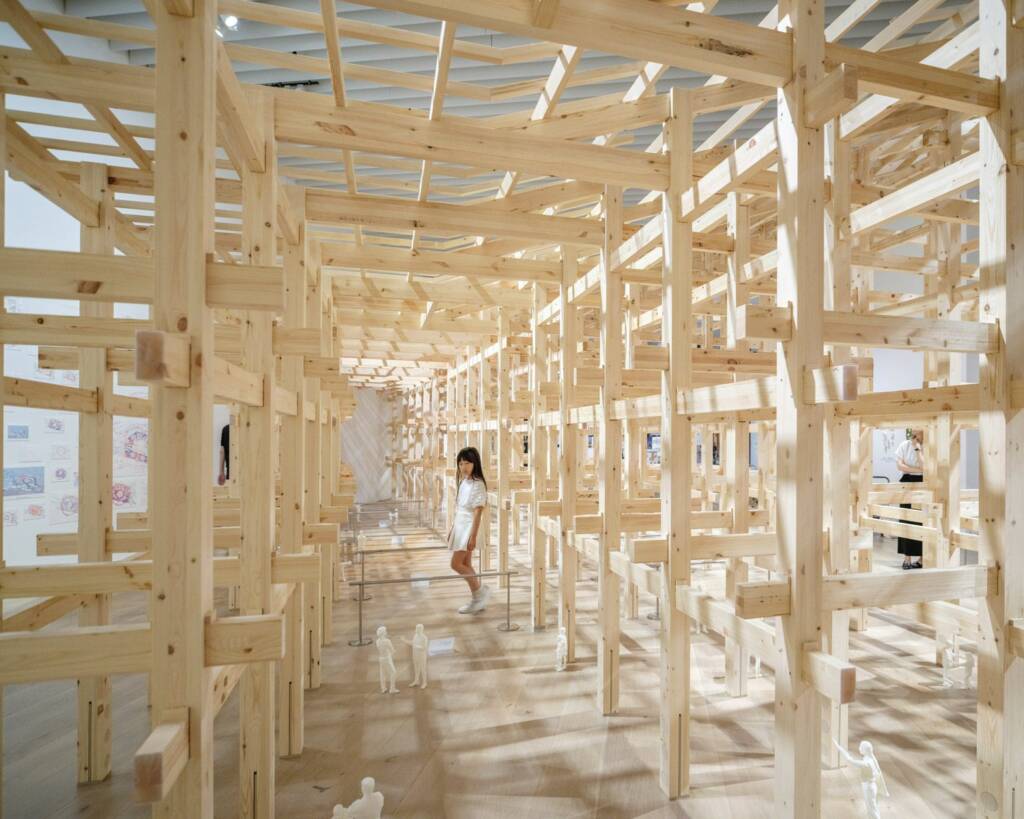

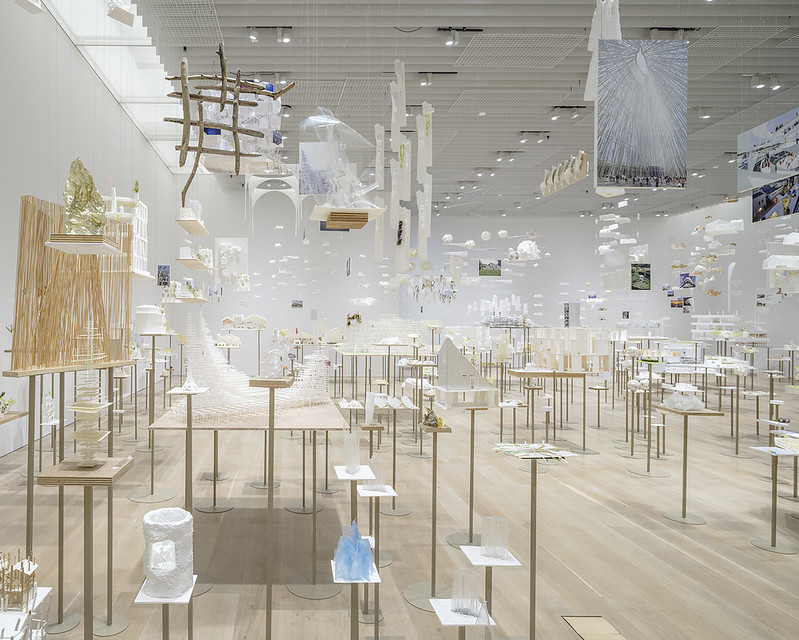
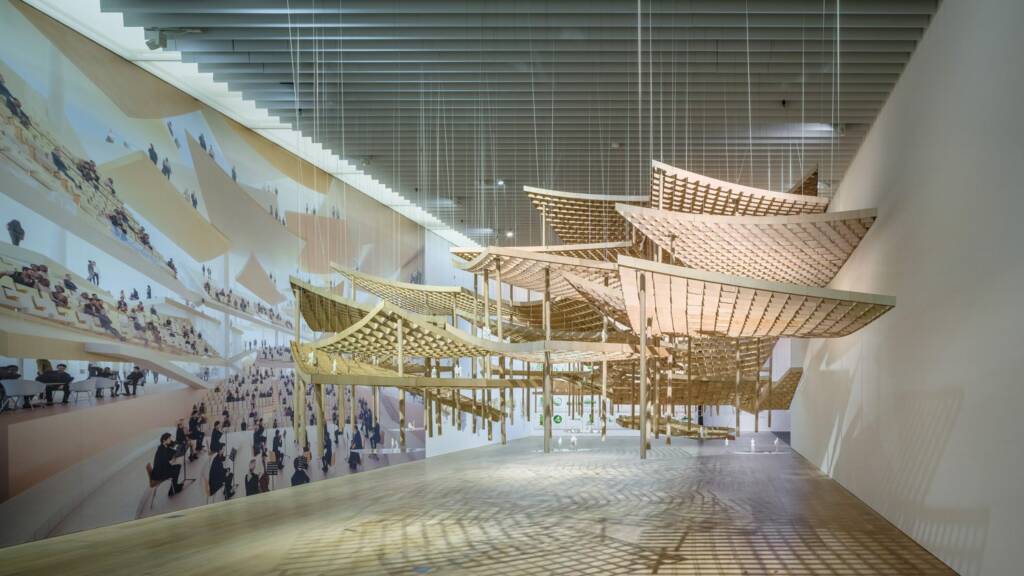
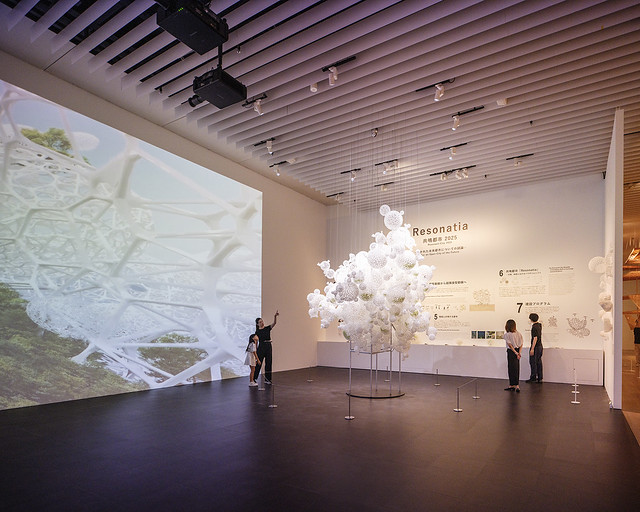
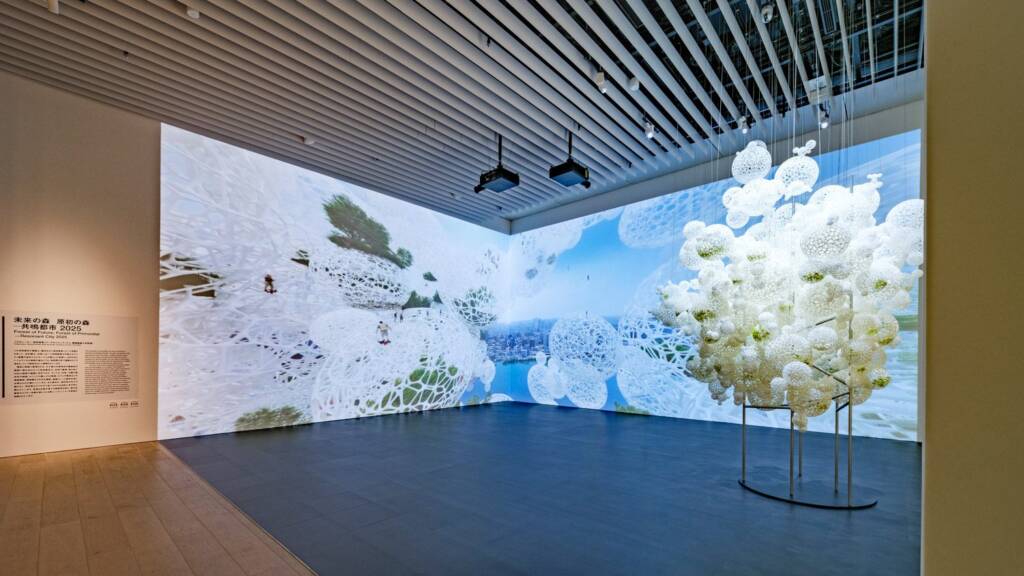
Photography by TAYAMA TATSUYUKI, courtesy of MORI ART MUSEUM, Tokyo
